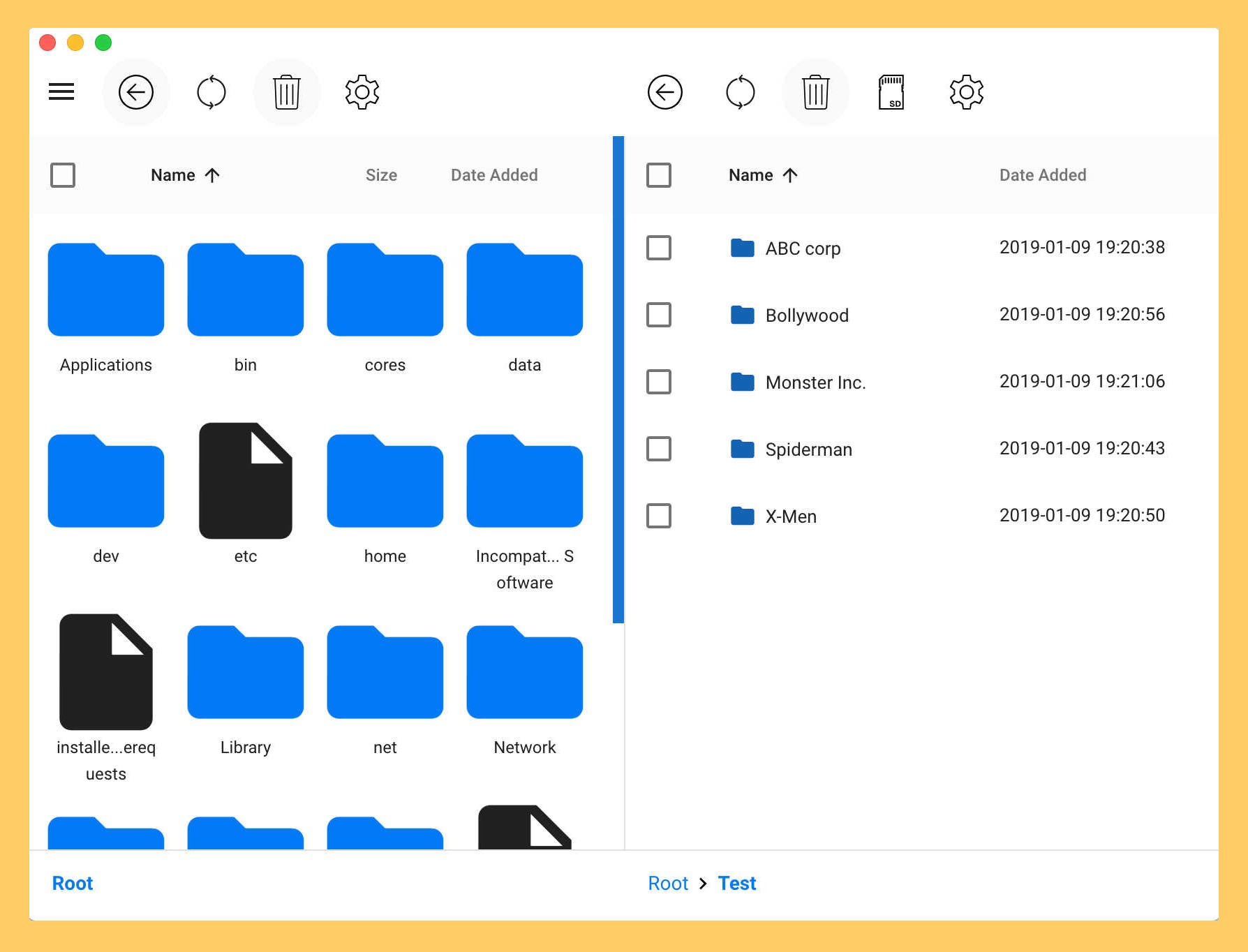


Browse through your files and folders found on your. Double click and open Android File Transfer. Connect your Android device to your mac using the USB cable that came with your mobile device. Drag and drop the Android File Transfer file to your Applications folder. That version is newer and has a valid signature and notarization. Download the app using the green button above. You can download the Android File Transfer app directly from, however. It shows a bunch of information about what the app does, what permissions it requires, and importantly what organization signed it and whether the contents of the app have been modified since it was signed.įor the app on the FiiO, Apparency warns that the signature is unusual and that the contents of the app may have been modified. App Images provide a ‘standalone’ runtime that does not need to be installed. If you use Ubuntu 18.04 LTS or later (or a different Linux distribution entirely) download an app image. Lately I'm trying to be more security-conscious about apps, and I use Apparency to inspect new apps before I add them to my device. Then, to install Android File Transfer for Linux on Ubuntu, run: sudo apt-get update & sudo apt install android-file-transfer. The bundled Android File Transfer version is extremely old (2012!) and macOS doesn't trust it. There's a "Mac" folder, and in that folder is an Android File Transfer.dmg container enclosing a copy of the Android File Transfer app. When you connect the FiiO (I've got an M9) by USB as a disk, it shows up as an external drive containing instructions and drivers. Connect your Android tablet to the computer with a USB cable. Little tip for any Mac users with a FiiO. For this guide, we used a Google Nexus 10 tablet, running Android 4.4.4.


 0 kommentar(er)
0 kommentar(er)
